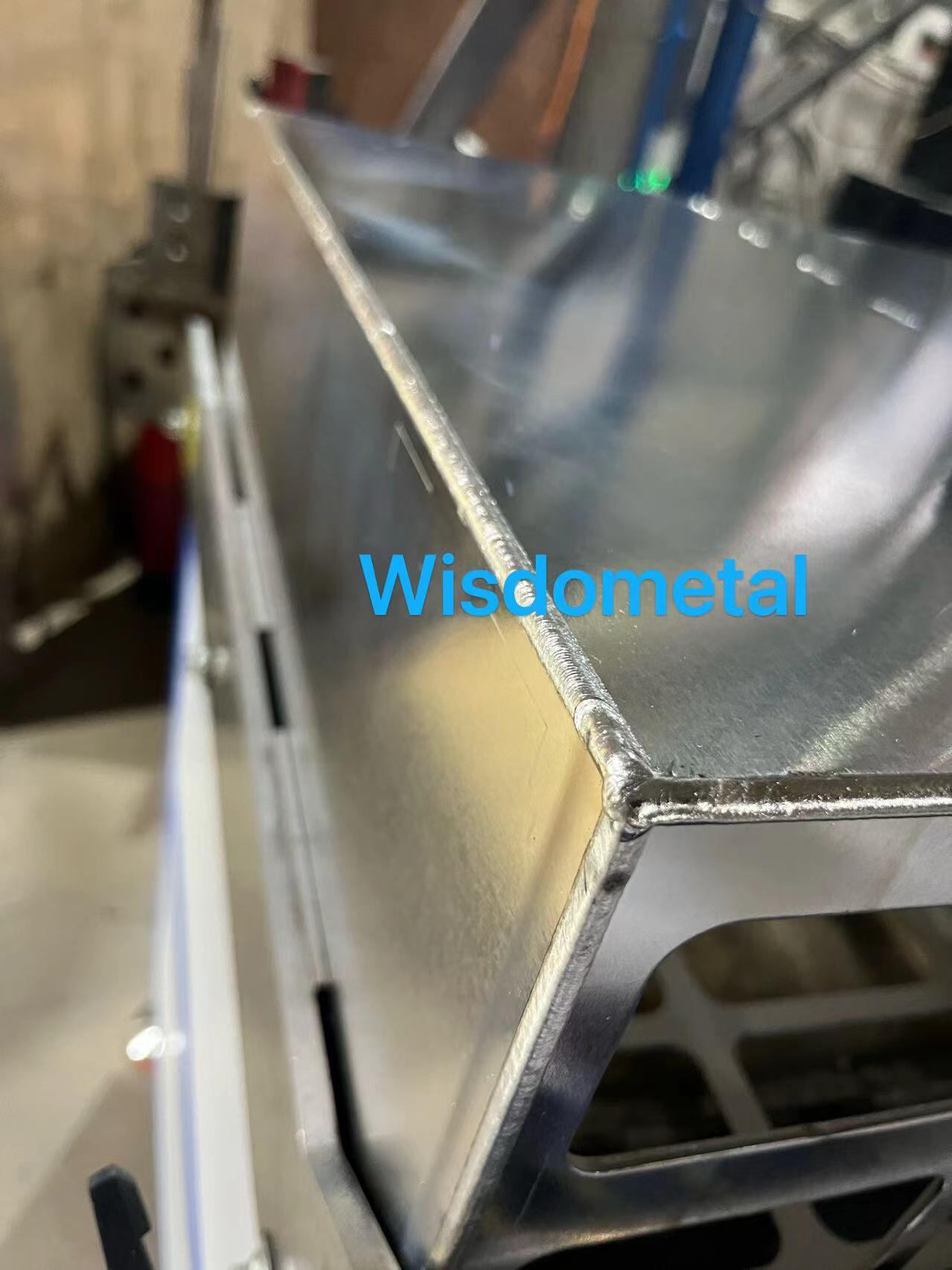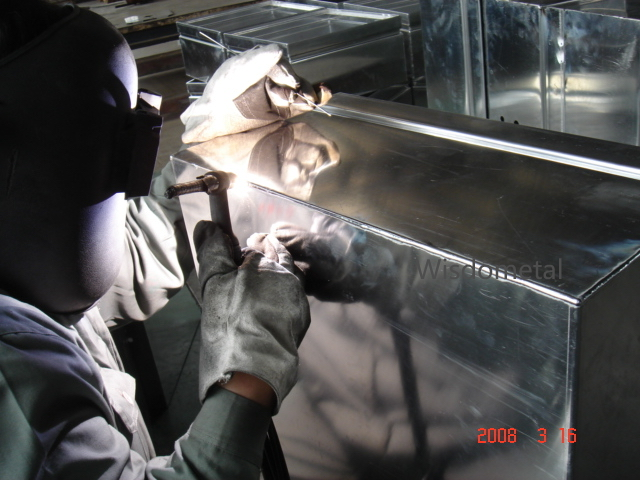Client testing stud welding machine
June 12,2024
Time for a commercial:
Here are our specialties for Aluminum fabrication:
-When high precision is required for bending dimensions
-When there is a high demand for surface treatment
-When there are many holes that need to be machined on the sheet and the surface is required to be completely no burrs
-When a large amount of oil stains remain on the surface due to processing such as punching, making it difficult to weld
-When it is necessary to avoid significant deformation caused by welding
-When it is required to retain the weld seam and ensure that the weld seam is straight and visual pleasing
-When it is required that the weld seam be polished to be very straight and visual pleasing
-When it is required to maintain high strength after polishing the welding seams
-When requesting quick sampling and urgent lead time for mass production
-When unable to find a satisfactory aluminum fabrication sheet metal factory which is specializes in European and American markets
----------------------------------------------------------------------------------------------------------------------------------------
Aluminum sheet welding can be a challenging task for many welders. The unique properties of aluminum, such as its high thermal conductivity and low melting point, make it more difficult to weld compared to other metals. In this blog post, we will explore some of the difficulties associated with aluminum sheet welding and provide tips to overcome them.
One of the main challenges in aluminum sheet welding is the high heat dissipation rate. Aluminum conducts heat much more efficiently than other metals, causing the heat to quickly dissipate from the welding area. This can result in incomplete fusion and weak welds. To overcome this challenge, it is important to use high heat input and preheat the aluminum sheets to compensate for the heat loss.

Another difficulty in aluminum sheet welding is the rapid formation of oxide layers on the surface of the metal. These oxide layers can prevent proper fusion and weaken the weld joint. To combat oxidation, it is crucial to clean the aluminum sheets thoroughly before welding. This can be done using a stainless steel brush or a chemical cleaner specifically designed for aluminum.

Choosing the right filler material is essential for successful aluminum sheet welding. Aluminum has a tendency to form brittle intermetallic compounds when welded with certain filler materials. It is recommended to use filler materials with a higher silicon content, such as 4043 or 5356, as they provide better strength and crack resistance.

The joint design plays a crucial role in the quality of the weld. For aluminum sheet welding, it is recommended to use a joint design with a larger surface area to provide better heat distribution and minimize distortion. Butt joints, lap joints, and T-joints are commonly used for aluminum sheet welding.
Using the right shielding gas is essential for preventing contamination and achieving high-quality welds. Argon is the most commonly used shielding gas for aluminum sheet welding. It helps to protect the weld pool from atmospheric gases, such as oxygen and nitrogen, which can cause porosity and brittleness in the weld.

Mastering the proper welding technique is crucial for successful aluminum sheet welding. It is recommended to use a push technique rather than a pull technique to prevent the tungsten electrode from contacting the workpiece. Additionally, maintaining a consistent travel speed and using a smaller electrode diameter can help achieve better control and penetration.
After completing the welding process, it is important to perform post-weld treatments to improve the strength and appearance of the weld joint. This can include processes such as grinding, cleaning, and heat treatment. Proper post-weld treatment can help remove any defects and improve the overall quality of the weld.

Lastly, like any skill, mastering aluminum sheet welding requires practice and experience. It is important to dedicate time to honing your welding skills and experimenting with different techniques and settings. Learning from experienced welders and seeking professional training can also greatly enhance your aluminum sheet welding capabilities.
In conclusion, aluminum sheet welding may present some challenges due to its unique properties. However, with the right techniques, equipment, and experience, these difficulties can be overcome. By understanding the specific challenges associated with aluminum sheet welding and implementing the tips mentioned in this blog post, welders can achieve high-quality welds and successfully work with aluminum sheets.